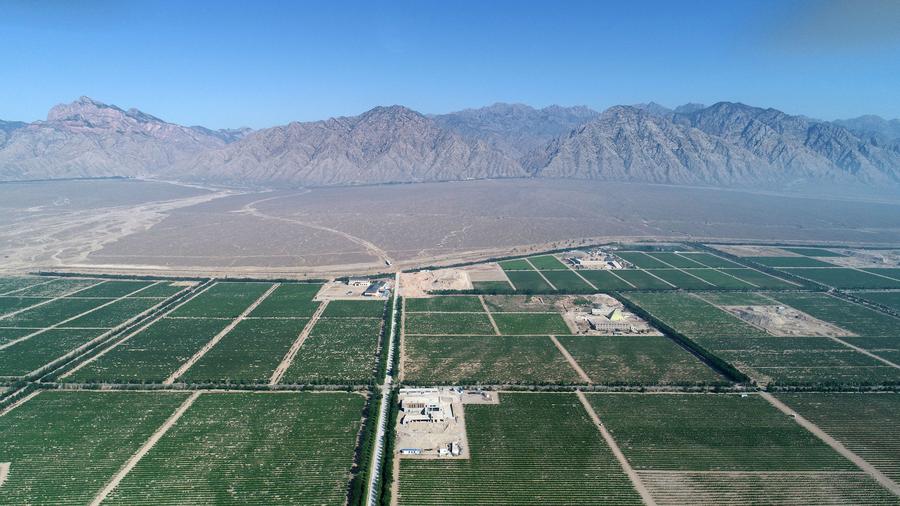From Desert to Oasis: How Wine is Transforming China’s Ningxia Region
Mar 17, 2024 • 4 min read
Imagine a place where a barren desert landscape has been transformed into a thriving vineyard, its rows of grapevines stretching for miles like a verdant ribbon. This isn’t a scene from a dream; it’s the reality of China’s Ningxia Hui Autonomous Region, where the wine industry is quietly working wonders.


Just a few decades ago, the eastern foothills of Helan Mountain were a far cry from the flourishing vineyards they are today. Yuan Hui, founder of Yuanshi Vineyard, remembers it well. “The winery used to be a mine,” he says, “covered in dust and scattered with gravel.” It’s hard to believe now, looking at the picturesque winery buildings constructed from repurposed desert stones, standing proudly amidst the lush vines.
This transformation isn’t just aesthetic; it’s ecological. Yuan, with the support of the local government, embarked on an ambitious project in 2008. He invested in a 400-hectare abandoned sand mine and began planting grapes. But it wasn’t just about creating a vineyard – it was about restoring the land itself.
The results have been nothing short of spectacular. What was once barren desert is now a 195-kilometer green belt teeming with life. This isn’t a one-off success story. A dedicated wine industrial park, utilizing water-saving irrigation technology, has been instrumental in creating a vast 20,000-hectare oasis of grape vines, further bolstered by nearly 4,000 hectares of protective shelterbelts.
But the magic of Ningxia’s wine goes beyond its scenic beauty. The region boasts the perfect conditions for grape cultivation. The dry climate, coupled with the ideal soil composition and abundant sunshine, creates an environment where grapes flourish. As Zhao Shihua, director of a nearby wine-industry technology center, explains, “These factors allow the grapevines to absorb optimal water and minerals, resulting in grapes with exceptional aroma, pigment, and the perfect balance of sugar and acidity.”
The quality of Ningxia’s grapes translates directly into the quality of its wines. Vineyards nestled at a significant latitude of 38 degrees north – the same as renowned wine regions in Europe and the US – are producing world-class wines. Local bottles now grace the shelves of stores in Canada, Switzerland, and Britain, and have even garnered praise from the esteemed wine critic Jancis Robinson.
This success story isn’t just about the land or the grapes; it’s about the people. The booming wine industry has breathed new life into Ningxia’s economy, creating a wealth of job opportunities for locals. With vineyards requiring year-round maintenance – from meticulous cleaning to nurturing the plants and winter protection – the industry provides around 130,000 jobs annually.
Grape grower Ma Shoujian has witnessed this transformation firsthand. He recalls a time, not long ago, when even finding a simple bottle opener was a challenge. Now, the industry thrives, offering him year-round work and a chance to build a better life for himself and his family. “With the vineyards expanding,” he says, “there’s always work to be found. I can earn a good living, and even bought a car last year!”
Ningxia’s story is one of resilience, innovation, and the power of collaboration. It’s a testament to what can be achieved when people work together to transform a challenging landscape into a flourishing hub of economic prosperity and environmental rejuvenation. So, next time you raise a glass of wine, consider the hidden story behind it – a story of a desert reborn, one grapevine at a time.



